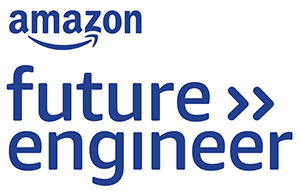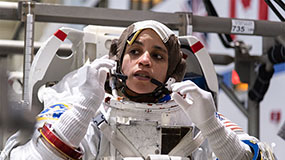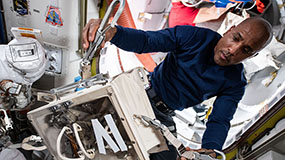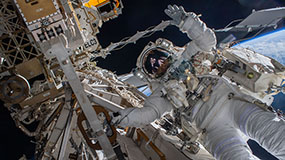Lesson Plan 1
How do we know when we are physically well or unwell? Can we use AI to input data and receive output to help monitor our physical wellness?
On Day 1, high school students, as scientists, reflect on the information our bodies provide to answer the following driving question: How do we know when we are physically well or unwell? Students support a claim about physical wellness based on qualitative or quantitative evidence gathered from one or more health indicators of the human whole-body system. On Day 2, high school students, as scientists, revise and use an existing computer program to begin to answer the following driving question: Can we use AI to input data and receive output to help monitor our physical wellness? Students use a computer program and, based on patterns of performance, modify the program to support Artificial Intelligence (AI) in responding to multiple users.
Time: Two 50-minute class periods






